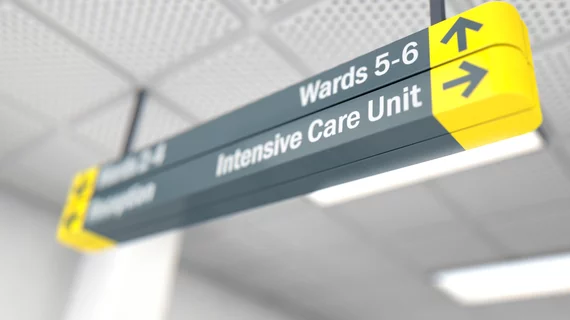Imaging setting impacts follow-up participation. Can health systems address the problem?
When it comes to follow-up imaging, location matters. That’s what authors of a new study found after comparing patient locations during initial imaging with the likelihood they came back for follow-up imaging.
The authors included more than 1,000 abdominal ultrasound, CT and MRI exams performed at a single-institution over a seven-month period in their research. All findings included indeterminate malignant potential. They adjusted for modality, patient characteristics, ordering clinicians and interpreting radiologists to compare follow-up adherence after patients underwent imaging in the outpatient, inpatient or emergency department (ED) setting.
“Our hypothesis was that findings from examinations performed in the ED setting would be less likely to be appropriately followed up compared with those performed in the outpatient and inpatient settings,” wrote first author Geraldine J. Liao, MD, with Virginia Mason Medical Center in Seattle, and colleagues.
Overall, patients completed relevant follow-up in 49 percent of cases. Follow-up occurred more often in the outpatient setting (62 percent), compared to inpatient (18 percent) and the ED (17 percent).
Additionally, the authors found black patients along with those who live in lower-income neighborhoods were less likely to follow-up after undergoing initial imaging.
What can be done?
By understanding these variances in follow-up adherence, health systems may be able to identify organizational improvements that work across provider types, service lines and care sites to increase follow-up participation.
“For example, predischarge checklists could be used more broadly to ensure that actionable findings from imaging examinations performed during a hospital admission are flagged and addressed,” the group wrote. “Similar interventions could be used in the ED and paired with other efforts, such as ED-made appointments or predischarge questionnaires that screen for risk factors of poor adherence or follow-up.”
Additionally, systems with electronic health records or discharge coordinators could build such requirements directly into electronic order entry prompts or mandatory manual staff review, they added.
Liao and colleagues suggested patient engagement and improved access may also help reduce the racial and socioeconomic disparities seen in follow-up imaging results.
“Future work should evaluate delivery processes, care continuity, and other health system–level factors related to patient location and care setting as well as their effects on appropriate follow-up of these findings,” the authors concluded. “Doing so would support efforts to improve appropriate follow-up imaging and address health care disparities."
The study was published online Jan. 17 in the Journal of the American College of Radiology.

